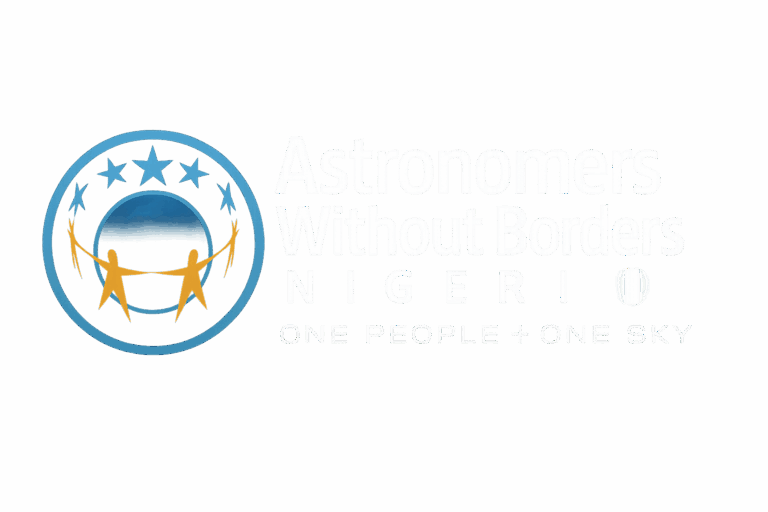Elementary Space Design – Across the country, thousands of elementary and high school students have turned their eyes to the stars—literally. A nationwide Astro Art Contest has sparked imagination and artistic talent as children and teens express their interpretations of space, astronomy, and the universe through visual art. This annual initiative, supported by educational and scientific institutions, is more than just a contest—it’s a movement to foster curiosity in science and creativity in art.
The 2025 Astro Art Contest saw an overwhelming number of submissions from both urban and rural schools. The theme, “Our Cosmic Future,” invited students to illustrate what they envision the future of space exploration to look like—whether it’s life on Mars, interstellar travel, alien civilizations, or next-gen observatories floating above Earth. The initiative not only encouraged students to explore astronomical concepts but also gave them a platform to showcase their unique perspectives and talents.
Educators and space experts praised the event for bridging the gap between art and science. Several government and private organizations sponsored the contest, ensuring that resources were made available even to underfunded schools. The submissions were judged on creativity, scientific relevance, and originality. Winners were recognized at regional and national levels, and many artworks are set to be displayed in science museums and planetariums across the country.
 South Africa Weekend Weather September 2025 – Provinces Alerted of Dangerous Rain Conditions
South Africa Weekend Weather September 2025 – Provinces Alerted of Dangerous Rain Conditions
The contest is more than a creative outlet—it’s a gateway to STEM education and a testament to the importance of blending disciplines for holistic development. With the stars as their canvas, students across all age groups are proving that the sky is not the limit—it’s just the beginning.
Contest Overview and Objectives
The Astro Art Contest aims to ignite interest in space science and provide a creative outlet for young minds to explore celestial concepts.
- Promote interdisciplinary learning by integrating science and art
- Encourage scientific curiosity in early education
- Foster talent through national recognition
- Strengthen community involvement in academic creativity
Key Goals of the Contest
This section outlines the main purposes behind organizing the Astro Art Contest.
- Create a platform for young talent to shine nationally
- Increase awareness about astronomy and space sciences
- Develop artistic interpretation of scientific themes
- Improve STEM learning through artistic integration
- Ensure inclusive participation from various educational backgrounds
Participation and Submission Statistics
The 2025 edition witnessed record-breaking entries from every region, highlighting the contest’s growing popularity.
| Region | Elementary Entries | High School Entries | Total Submissions | Selected for Display | Rural Schools Involved | Urban Schools Involved |
|---|---|---|---|---|---|---|
| North | 3,200 | 2,800 | 6,000 | 450 | 150 | 180 |
| South | 2,700 | 3,100 | 5,800 | 430 | 120 | 170 |
| East | 2,500 | 2,900 | 5,400 | 410 | 110 | 165 |
| West | 3,100 | 3,300 | 6,400 | 470 | 145 | 190 |
| Central | 2,600 | 2,400 | 5,000 | 380 | 100 | 160 |
| Northeast | 2,100 | 1,900 | 4,000 | 320 | 90 | 140 |
| Islands & Union T. | 1,200 | 1,300 | 2,500 | 210 | 60 | 90 |
Breakdown of Submissions by Medium
Students used various art forms to express their cosmic ideas. Here’s how submissions broke down by artistic medium.
| Art Medium | Percentage Used (%) | Preferred by Age Group |
|---|---|---|
| Watercolors | 28% | Elementary |
| Pencil Sketch | 22% | Both |
| Digital Art | 18% | High School |
| Acrylic Paint | 15% | High School |
| Collage/Mixed | 10% | Elementary |
| Pastels | 7% | Elementary |
National Recognition and Awards
Recognizing young talent is a vital part of encouraging future participation and inspiring others to join.
- Top 10 winners from each region were awarded tablets, art kits, and certificates
- National winners received astronomy kits and mentorship programs with space scientists
- Select artworks featured in the “Stars & Strokes” national exhibition
- Special category awards: “Most Imaginative”, “Most Scientifically Accurate”, and “Best Use of Color”
Selection Criteria Used by Judges
Each submission was reviewed by a panel of artists, educators, and scientists using the following criteria:
- Creativity and Originality – 30%
- Relevance to the Theme – 25%
- Artistic Technique – 20%
- Presentation and Neatness – 15%
- Scientific Interpretation – 10%
Impact on Students and Schools
Beyond prizes and fame, the contest is leaving a lasting impact on education and student engagement.
- Improved student engagement in both art and science classes
- Boosted school participation in space education programs
- Increased library borrowing of astronomy books
- Inspired new astronomy and art clubs in participating schools
Testimonials from Participants and Teachers
These voices reflect the emotional and educational value of the contest.
 September 2025 R12,500 Youth Grant – Application Window Open With Step-by-Step Instructions
September 2025 R12,500 Youth Grant – Application Window Open With Step-by-Step Instructions
- “My students never cared about space before this. Now they talk about galaxies every day.” – Art Teacher, Gujarat
- “I didn’t know I liked science until I painted Saturn’s rings.” – Grade 6 Student, Tamil Nadu
- “Winning the regional prize made me want to become a space scientist.” – Grade 10 Student, Maharashtra
Supporting Departments and Organizers
Multiple governmental and academic bodies played a crucial role in organizing and facilitating the contest.
Major Organizers and Their Roles
| Organization | Role | Contact Email |
|---|---|---|
| National Council for Science & Art | Contest Planning and Execution | [email protected] |
| Indian Space Science Education Centre | Educational Resources and Scientific Oversight | [email protected] |
| Ministry of Education | Funding and School Coordination | [email protected] |
| All India Art Education Board | Jury and Art Mentorship Programs | [email protected] |
| Regional Education Departments | School Engagement and Submission Collection | [email protected] |
Departmental Contacts for Queries
| Department Name | Contact Person | Phone Number | |
|---|---|---|---|
| Contest General Queries | Ms. Leela Sharma | +91-9876543210 | [email protected] |
| Technical Assistance | Mr. Anuj Mehta | +91-9823467890 | [email protected] |
| Prize Distribution | Ms. Roma Iyer | +91-9988776655 | [email protected] |
| Regional Submissions – North | Mr. Rakesh Rawat | +91-9845123456 | [email protected] |
| Regional Submissions – South | Ms. Divya Krishnan | +91-9811122334 | [email protected] |
Future Outlook and Upcoming Plans
The contest is expected to grow further, inspiring more collaborations and larger-scale engagement.
- Planned integration with annual science fairs
- Next year’s theme: “Alien Worlds and Beyond”
- New digital portal launch for online submissions and learning resources
- Partnership with international space art programs in 2026
Expanding into Rural Education
Special initiatives are being designed to bring the contest deeper into underrepresented communities.
- Free workshops in government schools
- Distribution of art supplies in underserved districts
- Teacher training for space education integration
- Rural-focused mentorship programs
Technology and Digital Learning Integration
Digital learning is set to revolutionize how students prepare for and participate in the contest.
- Mobile app for submission tracking and updates
- Online art tutorials by renowned professionals
- VR space experiences for schools with limited access
- Webinar series on the science behind the stars
Interdisciplinary Benefits of Astro Art
Combining art and science leads to comprehensive cognitive and creative development.
The Astro Art Contest helps students enhance critical thinking, observation, and presentation skills. It connects left-brain logic with right-brain imagination, leading to a fuller educational experience. Teachers report improved student performance in both science and creative writing following the contest. By involving space exploration in an artistic form, the contest unlocks multiple pathways for learning and career inspiration.
| Interdisciplinary Benefits | Observed Impact |
|---|---|
| Improved Engagement | 85% of schools saw better class interest |
| Enhanced Creativity | 78% noted rise in innovative thinking |
| Boost in Scientific Literacy | 65% students scored higher in science |
| Higher Participation | 90% increase in school club activities |
Frequently Asked Question
1. Who can participate in the Astro Art Contest?
Students from elementary and high schools across India can participate.
2. What is the theme for this year’s contest?
The 2025 theme is “Our Cosmic Future.”
3. Are digital submissions allowed?
Yes, students can submit both physical and digital artworks.
4. How are winners selected?
A jury of artists, educators, and scientists evaluates entries based on creativity, theme relevance, and execution.
5. Where will the winning artworks be displayed?
Selected artworks will be featured in national exhibitions and planetariums.




